Zoom zoom to the moon, am I right?
Since quarantine began and changed the world as we know it, people have flocked to the video platform Zoom for all types of events. From birthdays, to holidays, to happy hours, Zoom has become the new standard video chat platform.
But how does Zoom translate over to the music world, like virtual band practices or live shows?
There is a small delay in audio, called latency, on the video chat platforms such as Zoom. These delays are hardly noticeable in general conversations, but when it comes to rhythmic timing, any small delay can throw the entire session off.
One solution comes in the form of an open-source software called JackTrip. According to NPR, JackTrip “can transfer high quality audio data across the Internet at low enough latencies, within a geographic radius, to mimic someone playing music roughly 30 feet away; that’s the threshold at which most musicians can still play together in sync.”
This software was created nearly a decade ago by Stanford University researchers Chris Chafe and Juan Pablo Caceres; but it has found a new demand in the wake of coronavirus. The platform allows almost instantaneous audio transmission which allows musicians to practice, play together, and create new music without having to be in the same room. With no end in sight currently for the new normal, JackTrip may be a main player in how music is presented virtually, moving forward.
Another entry in this field, which is still undergoing development, is JamKazam. When completely developed, JamKazam may become the tool of choice because of its ability to reduce latency over much greater distances. Recently, JamKazam staged a five-hour music festival, featuring a variety of artists in widely separate locations.

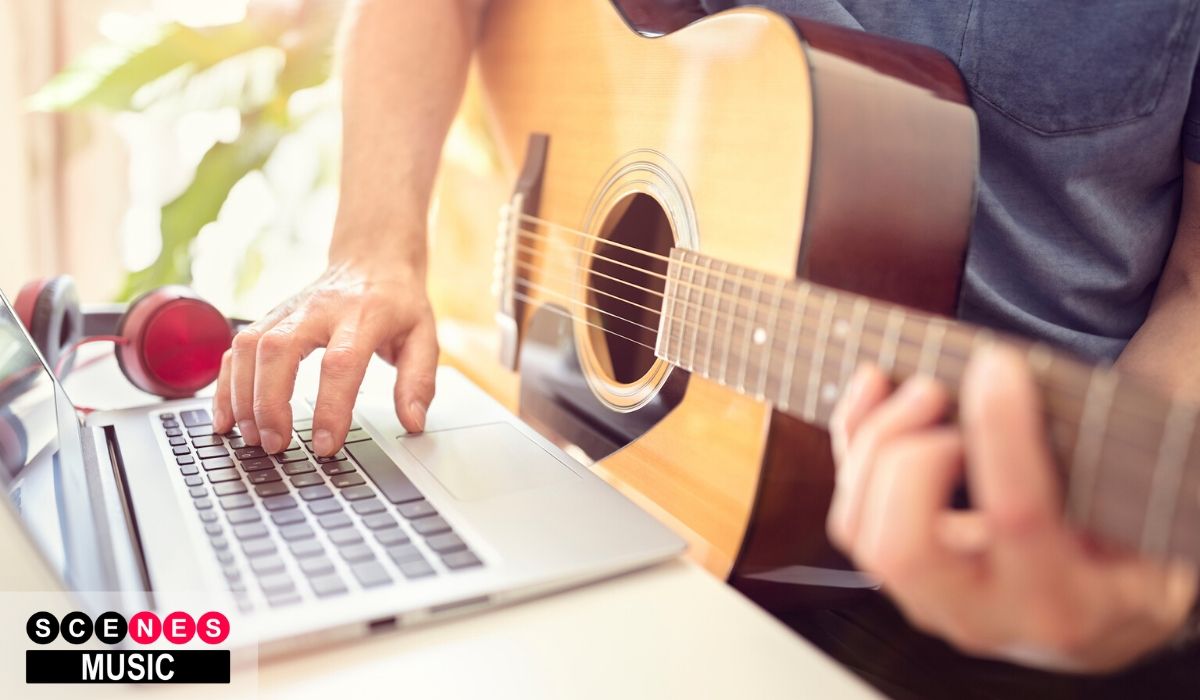
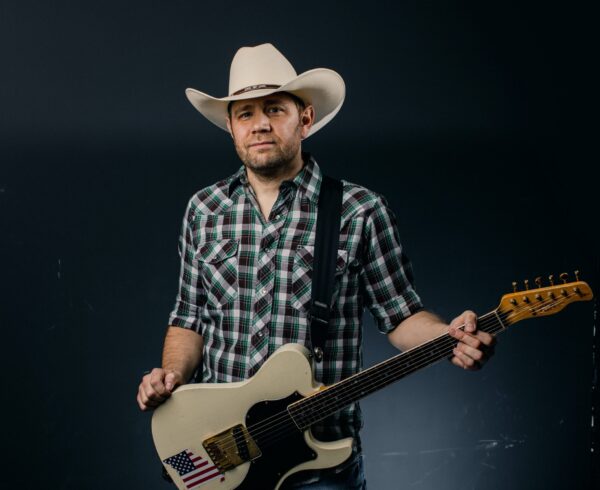

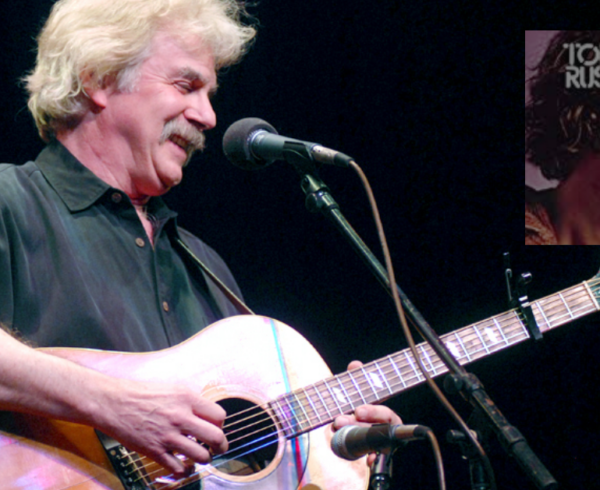
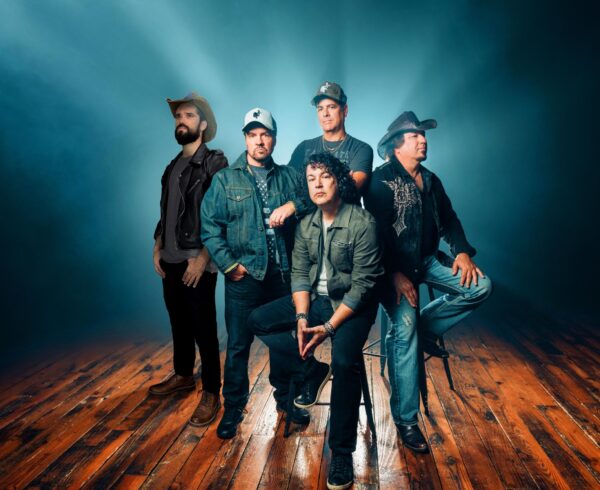
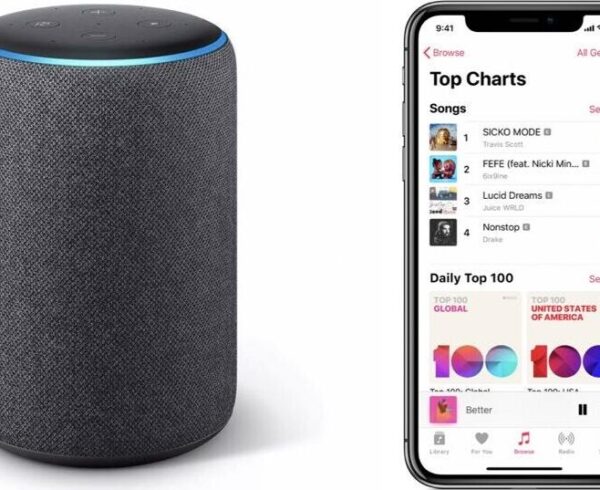

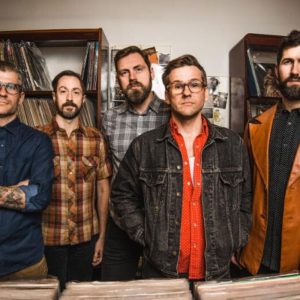




This should get some traction